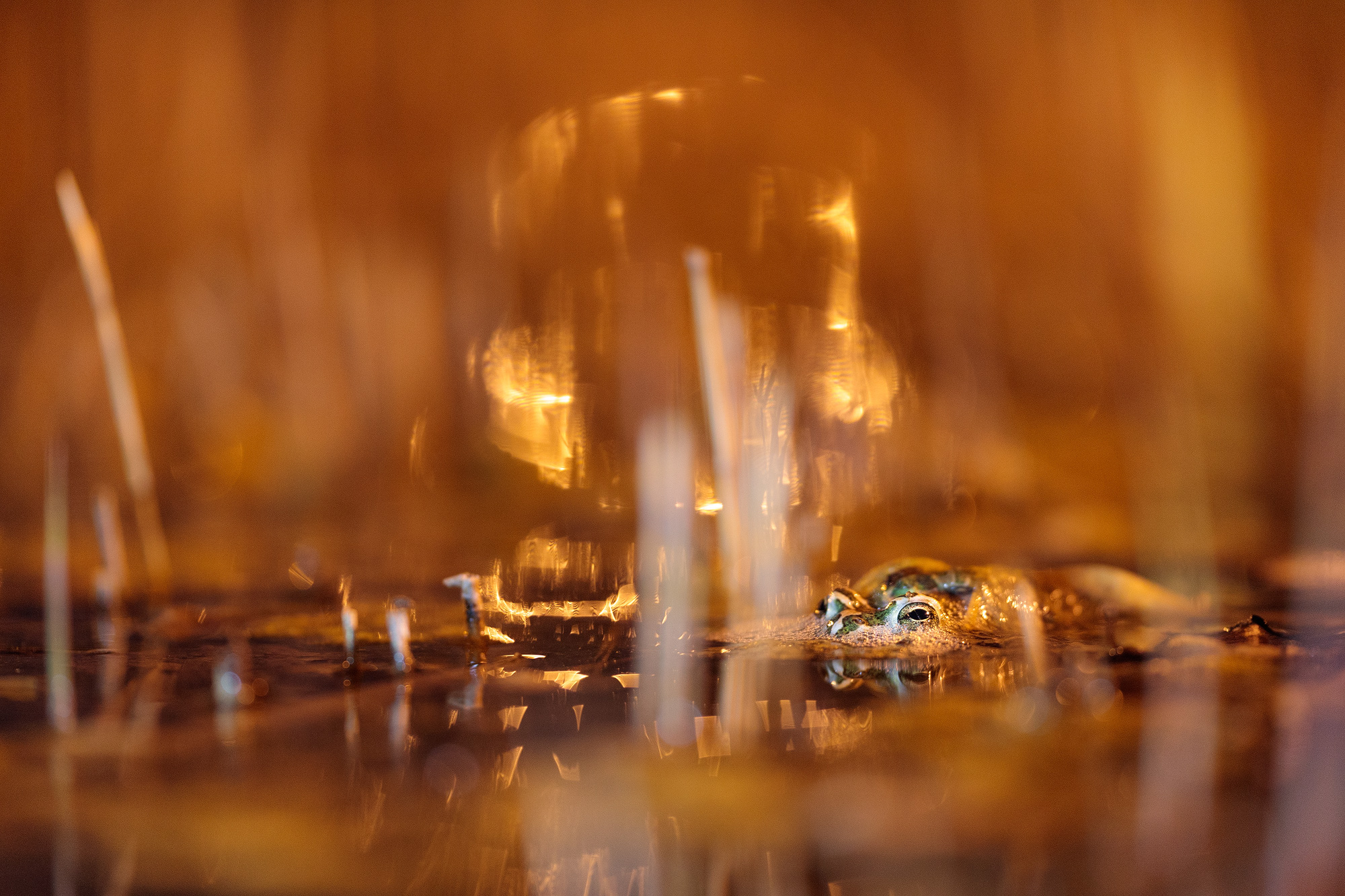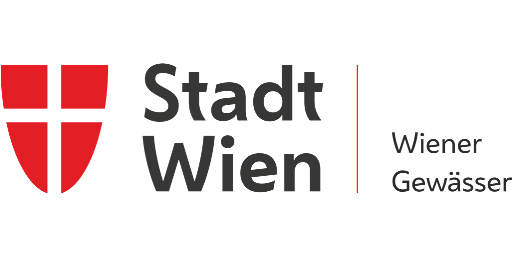How can I participate?
Anyone can take part in the AmphiBiom project. The only requirement is a one-time registration via www.amphi.at and access to the internet. A certain knowledge of amphibian species is an advantage, but not a prerequisite for participation.
When is the best time to install the pond and what do I need to bear in mind when installing the pond shell?
Ideally, the pond should be buried to a depth of approx. 45 cm by the end of February so that you can start monitoring it in March. Installing the pond shell requires a certain basic level of physical fitness and should not be underestimated. It is best to dig in depending on the soil (whether or how much it is frozen). There is a video in the Pond Initiative section to help you with the installation.
What is a suitable location for the pond?
The location should be sunny, at ground level and as permanent as possible. In addition, there should be few to no trees in the immediate vicinity of the pond to minimize the amount of leaves and debris falling into the pond. It is also practical for you to have a functioning water connection near the pond location for easyly refilling the pond water (particularly important in the spawning season).
Can I plant plants in the pond?
No, please do not put any plants or animals (especially fish) in the pond. Plants and animals should settle in the pond in a natural way, i.e. through the natural course of succession.
How does the monitoring work?
In a 14-day rhythm from March to August, the pond water is examined with a landing net for invertebrates (e.g. insects) living in it. You then place these invertebrates from the dip net onto the test plate and photograph them. You then collect them, e.g. insects, using tweezers and place them into the sample tube filled with alcohol.
Please note that the animals will not survive this process. However, this procedure is essential for accurate species identification, as insect larvae in particular cannot be identified with the naked eye in many cases. The sample tubes are sent by you to BOKU University twice a year and identified to species level by BOKU experts. This allows us to find out exactly which insects and insect larvae accumulate in the pond water over time as possible food sources for green toads and other amphibians.
What information (data) can be reported?
In the AmphiBiom project, you have two options for reporting data. As detailed in the Breeding call monitoring section, you can upload calls of Green toads (and other amphibians) as well as photos of the animals and their habitat throughout Austria via the project's mobile phone app "AmphiApp" once you have registered. Furthermore, you have the possibility to create a pond in your garden after consultation with the project team. Participation in this part of the project is limited to 300 pond sets.
How do I get the mobile app?
The mobile app is available for iOS and Android in the respective app stores.
What happens to my data?
Your reports in the call monitoring section of the AmphiBiom project are displayed on the interactive map and can therefore be viewed by anyone. Reports made as part of the Pond initiative can only be viewed by the reporter and persons with administrator rights. This also applies to the raw data, which is stored on the servers of the SPOTTERON citizen science platform. Observation data is validated and made freely available via GBIF. Furthermore, the amphibian data is fed into the Austrian Herpetofaunistic Database (HFDÖ). Possible data on the distribution of mosquitoes (native and invasive) will be fed synergistically into ongoing culicid monitoring projects. The AmphiBiom project does not pursue any commercial objectives. Personal data will be treated as strictly confidential and will not be passed on to third parties. The project is granted full rights of use for the photographs accompanying the entries. When using a photograph in the context of project activities, we always indicate the author (user name or display name).
How should I identify the animals?
The profiles section contains a description of the animals, an example of their call and information on the habitat where the animals can be found. You will also find these profiles linked in the animal menu if you want to report a green toad or other amphibian in the mobile app.
In general, we recommend identifying the animals as far as you feel confident. If you are not sure about their identification, you can note this in your report.
What should I do if I do not have my cell phone with me?
If you hear the call of a Green toad or spot an animal but do not have a cell phone with you, you can report it later in your account at www.amphi.at. Please make a note of the place where you heard/saw the animal and note the location in your report. You can also change your report later and upload calls/photos if you visit the observation site again.
How long will the AmphiBiom project last?
The AmphiBiom project will currently run until the end of 2025, as studies on the distribution of green toads can only be successful over several years. Registration in the Pond Initiative section was possible until mid-November 2023. Analyses and publications are carried out on an ongoing basis. Whether the "AmphiApp" app will be available to record further amphibian calls after the AmphiBiom project is completed will be announced at a later date.
Why is the focus on the Green toad?
Our target species is the endangered Green toad - a typical pioneer species that can quickly colonize newly created bodies of water. This species is therefore particularly suitable for projects to research its distribution status with the participation of the public. However, it cannot be ruled out that the focus will be extended to other amphibians and reptiles in the future. Further information on the project can be found in the Background & aims section.
Can I remove my entries from the database?
If you would like to delete individual entries or your entire data record, please send an e-mail to
Please understand that we do not delete reporting data published via GBIF in these databases. These reports are the basis of research work and must not be changed, as changing the data would lead to changes in the research results.
Of course, we will delete all personal data if you wish.
Who do I contact if I have questions about the project?
You can contact us at

 DE
DE  EN
EN 





